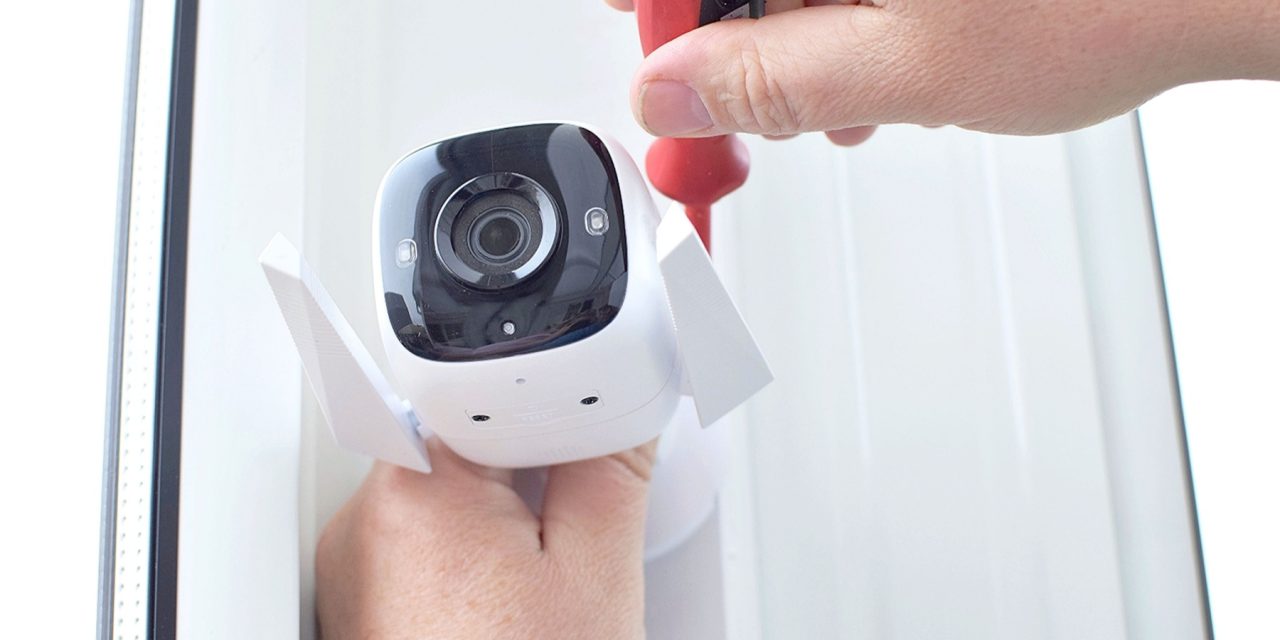In the digital age, we must be more vigilant than ever about home security. Modern threats go beyond physical break-ins to include digital intrusions targeting our online accounts and personal data. Protecting your home needs a solid approach that addresses both traditional and cyber vulnerabilities. Here are practical tips to improve your security and provide peace of mind.
1. Cover Your Doors
Video doorbells have become essential frontline security devices for American homes. These smart devices feature built-in cameras that record everyone approaching your door, providing real-time alerts to your smartphone whenever motion is detected. You can see and communicate with visitors remotely, whether you’re upstairs, at work, or across the country. Installation is straightforward for most homeowners, typically requiring only basic tools and about 30 minutes. Besides security benefits, video doorbells help you manage package deliveries and deter porch pirates, which are thieves who steal delivered packages. The visible presence of a doorbell camera alone often discourages would-be intruders from approaching.
2. Watch the Exterior
CCTV camera systems provide great monitoring of your property’s perimeter. Modern systems connect to your smartphone, allowing you to check live feeds and receive alerts from anywhere. According to data, homes without security systems are 300% more likely to be burglarized, showing their effectiveness as deterrents. Position cameras to cover entry points, driveways, and blind spots around your property. Motion-sensor lights complement camera systems by illuminating dark areas when movement is detected, startling intruders and improving camera footage quality. Solar-powered options eliminate wiring concerns while maintaining reliable operation.
3. Secure Your Windows
Windows are vulnerable entry points that intruders frequently exploit. Burglars can slide or pry open unlocked windows or simply smash glass to gain access. Wireless shock sensors detect the impact of break-in attempts, immediately alerting you through your smartphone before intruders enter. These affordable sensors attach easily to window frames without professional installation. Reinforce ground-floor and easily accessible windows with security film that holds shattered glass together, preventing quick entry. Window locks and bars provide additional physical barriers, though aesthetic concerns make sensors appealing for many homeowners.
4. Protect Your Connection
Physical security measures can’t address digital threats targeting your home network. Cybercriminals attempt to infiltrate Wi-Fi networks to access personal information, financial accounts, and smart home devices. Using a VPN adds an important layer of protection by encrypting your internet connection and masking your IP address. This prevents hackers from intercepting data transmitted over your network, which is particularly important when accessing banking sites or entering passwords. VPNs also protect against tracking and surveillance, guaranteeing that your online activities remain private. Combined with strong, unique passwords and regular router firmware updates, a VPN can really strengthen your home’s digital security posture.
Implementing these measures creates multiple security layers that protect both your physical property and digital privacy, allowing you to feel confident about your home’s safety.










